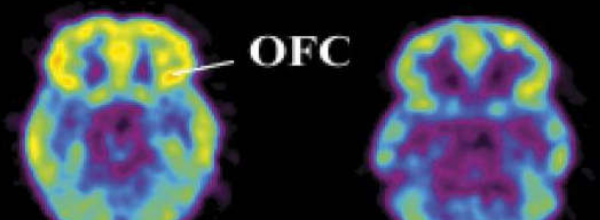Health centers in California have increasingly focused on designing approaches to identify and treat substance use disorder. One such approach is medication-assisted treatment (MAT), which includes the use of Food and Drug Administration-approved medications in combination with counseling and behavioral therapies.
To integrate MAT into primary care, health centers must engage providers and staff, design the clinical model, determine how to identify patients, redesign workflow, and promote cross-discipline coordination. Federal funding made available in 2016 was crucial to expanding the availability of MAT — but California health centers are still grappling with how to sustain these programs if grant funding ends.
This paper, How to Pay for It: MAT in Community Health Centers (PDF), outlines five strategies that health centers might use to help fund their MAT programs. They include:
- Federally funded MAT expansion. The 21st Century Cures Act provides federal funding for MAT expansion. Current funds must be spent by September 2020, and new funding is expected after that point.
- Visit design. When designing their programs, some look to existing payment models and then structure their programs accordingly. Options include shared medical appointments, flipped visits, drop-in visits, and integrating medical management.
- Drug Medi-Cal Organized Delivery System. Counties participating in Medi-Cal’s pilot program to overhaul substance use disorder treatment must cover MAT in opioid treatment centers. However, payment rates are developed by individual counties, and therefore vary.
The paper details several more funding sources, all of which come with their own pros and cons.
Find this useful or interesting? We’re constantly sharing stuff like this. Sign up to receive our newsletter to stay in the loop.


